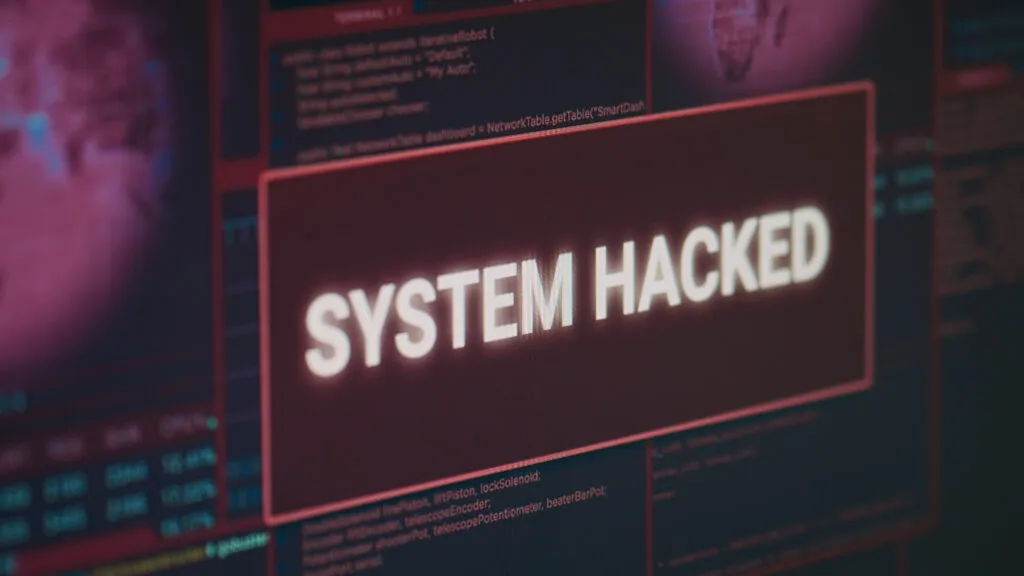Know About New Hacking Threats | 2024
Hacking Threats:
In today’s Hacking Threats interconnected world, where virtually every aspect of our lives is digitized, the specter of hacking looms large. From personal data breaches to large-scale cyber-attacks on corporations and governments, hacking threats pose a significant risk to individuals and organizations alike. In this blog post, we’ll delve into the various types of hacking threats, explore their potential impact, and discuss strategies to mitigate these risks.
Types of Hacking Threats:
- Phishing Attacks: Phishing remains one of the most prevalent hacking threats, involving the use of deceptive emails, messages, or websites to trick users into revealing sensitive information such as login credentials or financial details.
- Malware: Malicious software, or malware, encompasses a wide range of threats, including viruses, worms, Trojans, and ransomware. These programs can infect computers and mobile devices, compromising data security and causing significant disruption.
- Distributed Denial of Service (DDoS) Attacks: DDoS attacks involve flooding a target server or network with an overwhelming volume of traffic, rendering it inaccessible to legitimate users. These attacks can disrupt services, cause financial losses, and damage the reputation of businesses.
- Insider Threats: Insider threats occur when individuals within an organization misuse their access privileges to steal data, sabotage systems, or engage in other malicious activities. These threats can be particularly challenging to detect and mitigate, as they often involve trusted personnel.
Impact of Hacking Threats:
The impact of hacking threats can be far-reaching and multifaceted, affecting individuals, businesses, and society as a whole. Some of the consequences include:
- Financial Losses: Hacking incidents can result in direct financial losses through theft of funds, extortion payments, or disruption of business operations.
- Reputational Damage: Data breaches and cyber-attacks can tarnish the reputation of organizations, leading to loss of customer trust and loyalty.
- Legal and Regulatory Consequences: Organizations may face legal penalties, fines, or lawsuits for failing to adequately protect sensitive information or comply with data protection regulations.
- Disruption of Critical Services: Cyber-attacks targeting infrastructure or essential services can cause widespread disruption, impacting public safety and economic stability.
Mitigating Hacking Threats:
While the threat landscape continues to evolve, there are proactive steps individuals and organizations can take to mitigate hacking risks:
- Education and Awareness: Educating users about common hacking techniques and promoting cybersecurity awareness can help individuals recognize and avoid potential threats such as phishing scams.
- Strong Passwords and Multi-Factor Authentication: Enforcing the use of complex passwords and implementing multi-factor authentication can enhance security and reduce the risk of unauthorized access.
- Regular Software Updates: Keeping software and operating systems up-to-date with the latest security patches helps protect against known vulnerabilities exploited by malware and other cyber threats.
- Network Security Measures: Implementing firewalls, intrusion detection systems, and encryption protocols can safeguard networks and sensitive data from unauthorized access and eavesdropping.
- Incident Response Planning: Developing and regularly testing incident response plans enables organizations to quickly detect, contain, and mitigate the impact of security breaches or cyber-attacks.
Conclusion:
hacking threats represent a pervasive and evolving risk in the digital age. By understanding the various types of threats, recognizing their potential impact, and implementing effective security measures, individuals and organizations can better protect themselves against cyber-attacks and navigate the digital landscape with greater resilience and confidence.
FAQs:
What are common hacking threats individuals should be aware of?
Hacking threats encompass a wide range of malicious activities, including phishing attacks, malware infections, ransomware, data breaches, and identity theft. These threats can target individuals, businesses, or even entire networks, posing significant risks to personal and financial security.
How can I protect myself from hacking threats?
There are several proactive measures you can take to safeguard against hacking threats. These include using strong, unique passwords for each online account, enabling two-factor authentication whenever possible, keeping software and operating systems updated, being cautious of suspicious emails or links, and using reputable antivirus software and firewalls.
What should I do if I suspect I’ve been hacked?
If you believe your device or accounts have been compromised, it’s crucial to act quickly to mitigate potential damage. Change your passwords immediately, disconnect any affected devices from the internet, run a thorough antivirus scan, and notify relevant parties, such as your bank or IT department. Additionally, consider reporting the incident to the appropriate authorities, such as the Federal Trade Commission (FTC) or local law enforcement.
Are there specific industries or sectors more susceptible to hacking threats?
While hacking threats can target anyone, certain industries may be at higher risk due to the sensitive nature of their data or the prevalence of cyberattacks within their sector. Industries such as finance, healthcare, government, and technology often face heightened security challenges and must implement robust cybersecurity measures to protect against hacking threats.
What role does cybersecurity awareness training play in mitigating hacking threats?
Cybersecurity awareness training is essential for educating individuals and organizations about common hacking techniques, best practices for secure computing, and how to recognize and respond to potential threats. By empowering users with knowledge and skills to identify suspicious activities and protect their digital assets, cybersecurity awareness training plays a critical role in reducing the likelihood and impact of hacking incidents.
Must read:
What Causes Numbness in Hands While Sleeping?
Secrets of DMT Meditation: What Is DMT Meditation and How Does It Work?
Benefits of Cirkul Water Bottle for On-the-Go Hydration | 2023
Why Does Conjunctivitis Eye Infection Happen? | Pink Eye | 2023
Exploring the Exciting World of AI Technology | 2023
Top 8 Japanese Dog Breeds: A Closer Look at the Most Beloved and Iconic Breeds from Japan
Reason Behind Pollution in Delhi in Winter Season: Causes and Solutions
A Festival of Lights and Togetherness in India
Why is Quantum Computing Useful For Optimization Problems? | Reshaping Industries | 2023
Do You Know? – How to apply for overseas education loan in India
New Heights: The Race for America’s Tallest Building | 2024






